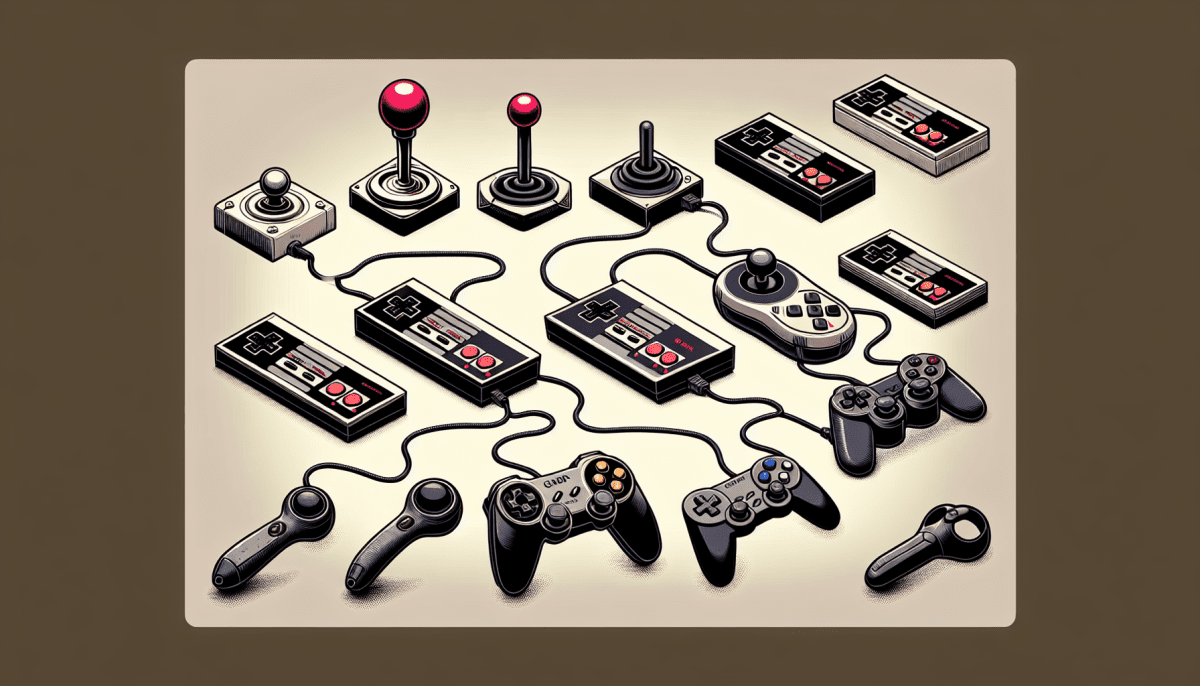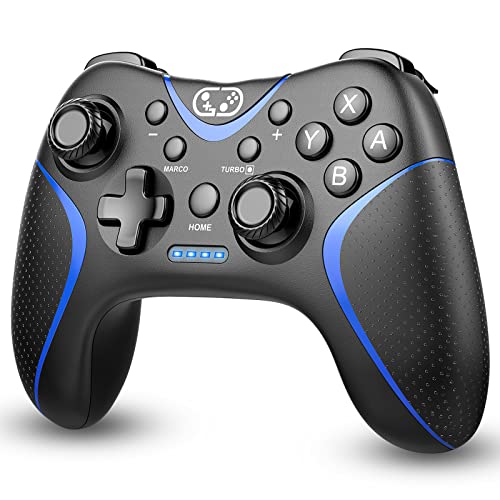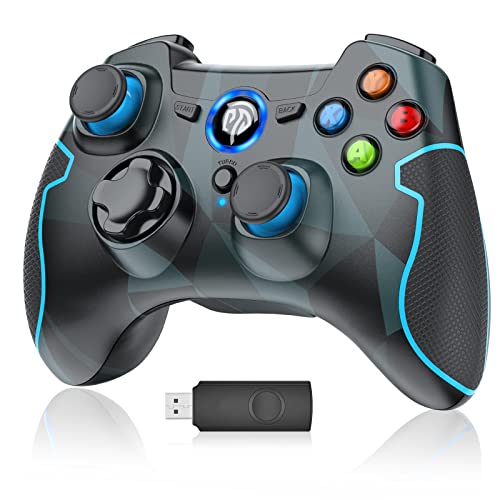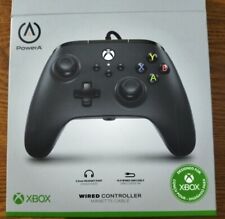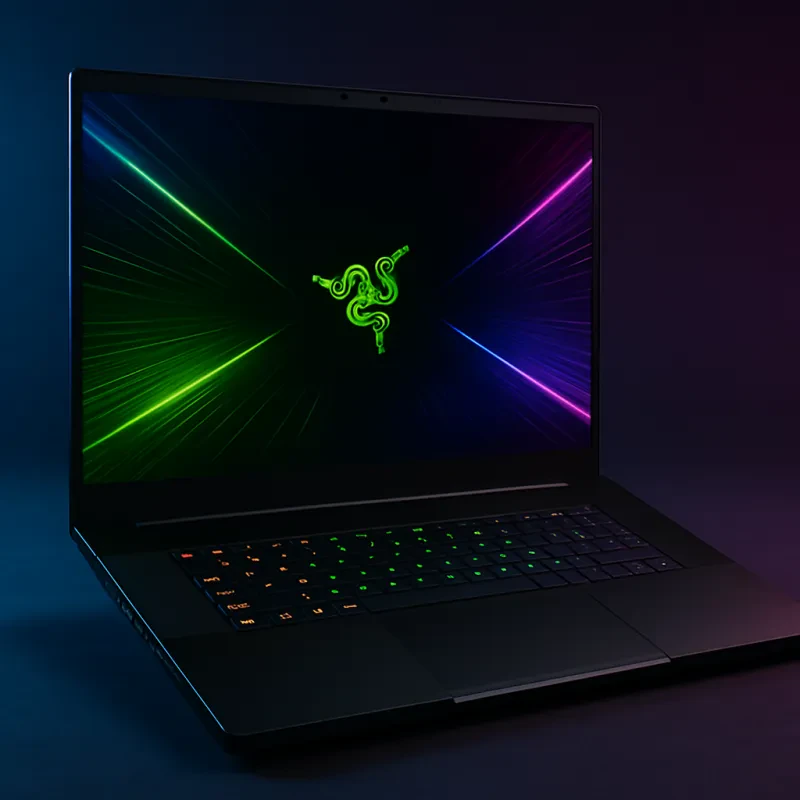Gaming controllers have come a long way since the early days of video games. From the simple joysticks to the groundbreaking Pong, the evolution of gaming controllers has played a crucial role in shaping the gaming industry as we know it today.
It all started in the late 1960s when the first home video game console, the Magnavox Odyssey, was released. This revolutionary device featured two simple controllers with a single joystick and a few buttons. While basic by today's standards, these joysticks laid the foundation for future gaming controllers.
In the early 1970s, arcade games started gaining popularity, and with them came a new kind of controller: the trackball. Trackballs allowed players to control the movement of characters on the screen by rolling a ball with their fingers. This innovation brought a new level of precision and control to gaming, and it quickly became a popular choice for arcade enthusiasts.
However, it wasn't until 1977 that gaming controllers took a giant leap forward with the release of Atari's iconic console, the Atari 2600. This console introduced the joystick as the primary method of control for video games. The joystick featured a simple design with a single stick and a single button, giving players an intuitive and responsive way to interact with games.
As the 1980s rolled in, so did a new wave of gaming controllers. Nintendo's release of the Nintendo Entertainment System (NES) in 1985 brought the world the D-pad, a directional pad that revolutionized gaming controls. The D-pad replaced the traditional joystick, offering more precise movement and allowing players to navigate through complex levels with ease.
But perhaps the most significant breakthrough in gaming controllers came in 1972 with the arrival of Pong. Pong, a virtual table tennis game, was the first commercial success and a major turning point in the gaming industry. Pong introduced the concept of a paddle controller, a simple dial that players used to hit the virtual ball back and forth. This innovative controller paved the way for future motion-based gaming controllers.
The birth of the modern console era in the 1990s brought with it a wide range of controllers with varying designs and features. Sony's PlayStation, released in 1994, introduced the revolutionary PlayStation DualShock controller. This controller featured two analog sticks, which allowed for more precise movement and improved gameplay immersion.
Over the years, gaming controllers continued to evolve, with advancements in wireless technology and motion sensors. The Nintendo Wii, released in 2006, took motion-based gaming to a whole new level with its Wii Remote controller. Players could swing their arms and use the controller as a tennis racket or a golf club, adding a new dimension of physical interactions to gaming.
Today, we find ourselves on the cusp of a new era in gaming controllers with the rise of virtual reality (VR). VR controllers, such as those used with the Oculus Rift and the HTC Vive, allow players to physically interact with virtual environments. These controllers track movements in three-dimensional space and offer a level of immersion like never before.
The evolution of gaming controllers, from the humble joysticks to the groundbreaking Pong and the modern VR controllers, demonstrates the constant innovation and adaptation in the gaming industry. As technology advances, so do gaming controllers, enhancing our gaming experiences and pushing the boundaries of what is possible.
Revolutionizing Gameplay: The Rise of Gamepads and Motion Controls
Gaming has come a long way since its early days, and so have the controllers we use to play. From the humble beginnings of joysticks to the exciting advancements of virtual reality (VR), gaming controllers have evolved to enhance the gaming experience. Among the notable innovations in recent times are gamepads and motion controls, which have revolutionized gameplay in their own unique ways.
Gamepads: Bringing Comfort and Precision to Gaming
Gamepads have become the standard for many gaming consoles, thanks to their comfortable grip and intuitive layout. These controllers typically feature two analog sticks, a directional pad, action buttons, and shoulder triggers, providing players with a wide range of control options.
The introduction of gamepads brought a new level of precision to gaming. The analog sticks allow for smooth and precise movements, making actions like aiming or steering much more natural and immersive. With the addition of pressure-sensitive triggers, game developers can implement more nuanced gameplay mechanics, such as adjusting the pressure to control the speed of a vehicle or the strength of a character's attack.
Gamepads also introduced the possibility of multiplayer gaming, with many controllers supporting multiple connections. This enabled friends and family to enjoy gaming together, further expanding the social aspect of the gaming experience.
Motion Controls: Immerse Yourself in the Game
Motion controls took the gaming world by storm with the release of Nintendo's Wii console. By incorporating motion sensors into the controller, players could physically interact with games, swinging a virtual tennis racket or bowling a virtual ball.
Motion controls brought a new level of immersion to gaming. Suddenly, players were no longer confined to pressing buttons or moving analog sticks. Instead, they could mimic real-world actions, adding a whole new layer of engagement to gameplay.
Moreover, motion controls appealed to a wider audience by offering a more intuitive and accessible way to play. Non-gamers who may have been intimidated by complex controller configurations found motion controls more approachable, as they resembled real-life movements.
The success of motion controls eventually led to the rise of virtual reality gaming, where players can truly step into their favorite virtual worlds. VR controllers enable users to interact with the virtual environment using their hands, further blurring the line between the game and reality.
Gamepad and Motion Control Integration: The Best of Both Worlds
While these two types of controllers originally seemed to offer distinct gaming experiences, recent developments have seen the integration of gamepad and motion control features. This combination allows players to benefit from the comfort and precision of gamepads while also enjoying the immersive aspects of motion controls.
For example, some gamepads now incorporate motion sensors, which can be used for certain in-game actions. This hybrid approach offers players the best of both worlds, providing a comprehensive and adaptable gaming experience.
As gaming continues to evolve, so too will the controllers we use. The advent of new technologies, like haptic feedback and mind-controlled interfaces, promises even more exciting advancements in the future. Who knows what gaming controllers will look like in the years to come, but one thing is certain: they will continue to shape and enhance the way we play.
Virtual Reality Takes Center Stage: The Future of Gaming Controllers
Gaming controllers have come a long way since the days of the simple joystick. From the rise of motion-sensing technology to the advent of haptic feedback, these devices have constantly evolved to provide gamers with more immersive experiences. However, the next big leap in gaming controllers is set to be brought by the world of virtual reality (VR).
Virtual reality gaming has gained significant popularity in recent years, allowing players to step into a whole new world and experience games like never before. And at the heart of this new gaming frontier are the controllers that bridge the gap between virtual and physical reality.
One of the key features of VR gaming controllers is their ability to track the user's motion with incredible precision. Using a combination of sensors, such as accelerometers and gyroscopes, these controllers can replicate the user's real-life movements in the virtual world. Whether it's swinging a sword or throwing a punch, the controller accurately translates every motion, making gamers feel fully immersed in the game.
Another exciting aspect of VR gaming controllers is their haptic feedback capabilities. Haptics refer to the sense of touch, and in the context of gaming controllers, it means providing physical feedback to the user. VR controllers use various mechanisms, such as vibration motors and force sensors, to simulate the feeling of touch and texture. For example, if a player reaches out to pick up a virtual object, the controller can vibrate or exert resistance, fooling the user's sense of touch and making the experience more realistic.
Furthermore, VR gaming controllers often include finger tracking technology, allowing players to interact with the virtual world using their hands. Instead of relying solely on button presses, users can use their fingers to point, pinch, or perform other gestures, enhancing the sense of presence in the virtual realm.
But the development of VR gaming controllers doesn't stop there. Researchers and tech companies are continuously exploring new ways to make these controllers even more intuitive and immersive. For instance, experiments are being conducted with brain-computer interfaces that can interpret the user's thoughts and translate them into in-game actions. This could potentially eliminate the need for physical controllers altogether, paving the way for a truly mind-controlled gaming experience.
The future of gaming controllers is undoubtedly intertwined with the realm of virtual reality. As VR technology continues to advance, we can expect gaming controllers to become even more sophisticated, offering an unprecedented level of immersion and interaction. Whether it's through enhanced motion tracking, haptic feedback, or mind control, VR gaming controllers will undoubtedly change the way we play games and experience virtual worlds.
Rii Gaming Controller: Wired USB Gamepad for PS3, PC, Android
Enhance your gaming experience with the Rii Gaming Controller - the ultimate wired USB gamepad compatible with PS3, PC, and Android devices
Product information
$20.17
Product Review Score
4.79 out of 5 stars
219 reviews